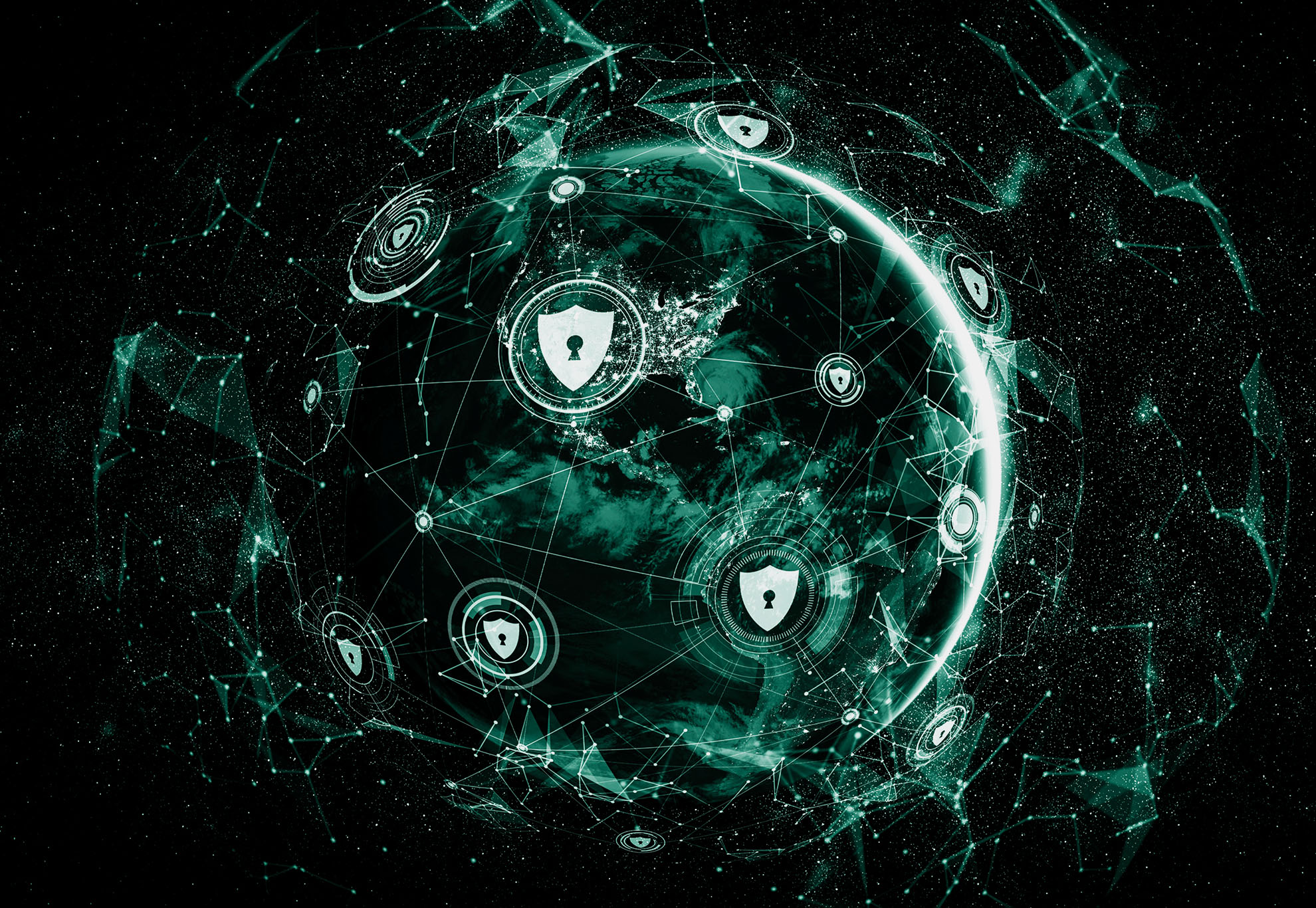October 30, 2024. Yankee Stadium. Game 5 of the World Series.
The New York Yankees held a commanding 5-0 lead over the Los Angeles Dodgers. Aaron Judge and Jazz Chisholm Jr. had launched back-to-back home runs in the first inning. Giancarlo Stanton added another bomb in the third. Securing game six and riding the momentum to the championship seemed a foregone conclusion.
What happened next became one of the most devastating and embarrassing defensive collapses in World Series history. Judge dropped a routine fly ball (his only error all season). Volpe threw wildly past third base. Cole failed to cover first base on a routine grounder. Wells committed catcher’s interference. Five unearned runs in the fifth inning alone. The Dodgers stormed back for a 7-6 victory, clinching the championship 4-1.
These weren’t intentional acts: they were errors by world-class athletes who lost focus in the crucial moment. The Yankees had all the talent and preparation to win, but preventable mistakes handed victory to their opponents.
Every day, your organization faces its own “Game 5” moment with customer data.
The Cybersecurity World Series Few Know They’re Playing
Most network breaches start from the outside, but they succeed because of errors on the inside. Not malicious insider threats or sophisticated zero-day exploits but everyday mistakes by well-meaning employees who don’t realize they’re playing in the World Series of data protection.
Consider the statistics. External threats account for 65% of cyber attacks, but three-quarters of successful breaches involve human error. Like the Dodgers needing Yankees’ errors to mount their comeback, cybercriminals depend on our internal mistakes to turn attempts into victories.
Your organization might have excellent security controls, comprehensive policies, and talented cybersecurity professionals. But if employees are like outfielders looking at the Jumbotron instead of tracking fly balls, preparation becomes meaningless under pressure.
Picture your typical office: employees emailing work documents to their personal emails to avoid bothering with logging into the network when off-site, executives complaining to their subordinates about “nuisance” security policies, IT staff going through compliance motions without fixing the problems those assessments identify. Everyone’s distracted while customer (and company) data hangs in the balance.
The Real Cost of Our “Errors”
When the Yankees made their errors, they lost a championship. When we make ours, each of our customers pays the price.
The average identity theft victim spends over 200 hours resolving breach damage: five full work weeks stolen from families and careers. Seventy-six percent suffer emotional stress from the violation. Some face tens of thousands in additional borrowing costs due to damaged credit scores.
Last year, 915,000 children became identity theft victims. These aren’t statistics … they’re someone’s daughter discovering her credit was destroyed by a breach when she was twelve, or a father rejected for refinancing his home to pay medical bills because of fraudulent debt created when his information was exposed.
When United Healthcare suffered their massive breach, it wasn’t just about the company’s recovery costs or regulatory fines. It was about millions of families receiving letters saying their most sensitive health information was now circulating on the dark web. The breach notification letters poured into mailboxes like sarcastic confetti celebrating a win for the cybercriminals.
This is what’s at stake every time someone clicks a suspicious link, uses a weak password, or disparages the cybersecurity effort in front of others.
From Compliance Theater to Championship Culture
The conventional approach to cybersecurity awareness treats employees like spectators who need to be managed rather than players who need to be inspired. We send mandatory training emails that feel like parental nagging. We post generic security reminders that rise to the insignificance of the regulatory posters that make break rooms ugly. We focus on what people shouldn’t do instead of helping them understand why their vigilance matters.
But championship teams don’t win through compliance: they win through culture. They win because every player understands their role in protecting something precious and fights for it every single day.
The same transformation needs to happen in cybersecurity. Technical excellence without cultural transformation is expensive security theater. The best firewalls won’t protect customers if employees don’t understand the reality of the trust customers place in them.
Building Your Cybersecurity Championship Team
Creating a security-first culture starts with a fundamental shift in perspective: everyone in your organization is on the cybersecurity team, and every day is Game 5 of the World Series for someone’s personal information.
Leadership Sets the Tone
Just like players take cues from their manager’s intensity and preparation, employees mirror their leadership’s approach to cybersecurity. When executives model vigilant behavior (taking time to verify unexpected requests, discussing security considerations in business decisions, celebrating employees who catch potential threats), it signals that cybersecurity isn’t just IT’s responsibility.
This means acknowledging cybersecurity in board meetings not as a compliance checkbox but as a core business value. It means executives sharing their own security practices and mistakes. It means making customer data protection a visible part of performance reviews and company values.
Make It Personal and Meaningful
The most powerful cybersecurity awareness initiatives don’t focus on technical threats. They focus on human impact. Share the real research about what breach victims actually experience: according to FTC and Experian data, the median victim loses $499 out-of-pocket, but that’s just the beginning.
Identity theft from data breaches can damage credit scores, potentially adding a percentage point or more to their mortgage interest rate. On a $300,000 loan, this could result in about $47,880 in extra interest over 30 years. In high-profile mortgage industry breaches with one affecting 14.7 million people and another affecting 16.9 million, system outages disrupted payments and account access for weeks, causing delayed closings that could lead families to miss out on homes or more affordable rates as locks expire. According to recent research, 66% of U.S. consumers would not trust a company that falls victim to a data breach with their data (rightfully so).
The irony becomes even more stark when employees consider what their carelessness costs their own company and colleagues. According to IBM research, 83% of organizations experience multiple data breaches, with the average breach costing $4.35 million. That same report says ransomware attacks average $4.54 million in damages, not including ransom payments.
These massive financial hits force companies to cut costs … often through layoffs, hiring freezes, and reduced benefits for the very employees whose negligence enabled the attack. Beyond immediate financial losses, businesses face prolonged recovery periods averaging 246 days for credential-based breaches, during which productivity plummets and job security becomes uncertain. The employees who carelessly clicked that malicious link or shared those login credentials aren’t just risking strangers’ financial futures: they’re gambling with their own and those of their coworkers who trusted them to protect the business they all depend on.
Extend the Perimeter Beyond Employees
Championship teams understand that everyone contributes to victory: coaches, trainers, equipment managers, even family members. Similarly, your cybersecurity culture must extend beyond employees to contractors, vendors, partners, and anyone who touches your systems.
Security awareness becomes part of employee and vendor onboarding, contractor agreements include cybersecurity expectations, and partner relationships include shared responsibility for customer protection. Red team exercises shouldn’t just test internal defenses … they should evaluate how your extended ecosystem responds to threats.
Engage Your Internal Promotion, Not Compliance, Experts
Most organizations route cybersecurity culture initiatives through HR, which frames security as compliance rather than mission. Instead, engage marketing teams who understand emotional connections and brand loyalty. When cybersecurity becomes a marketing message about protecting customer trust rather than an HR mandate about policies, employees respond differently.
The Championship Mindset
The Yankees’ 2024 collapse teaches us that talent without focus leads to devastating defeats. But it also reveals something profound about competition: errors aren’t just individual failures: they’re team failures that require team solutions.
As a cybersecurity leader, you face a choice: continue hoping your technical controls compensate for an organization that doesn’t understand they’re on the team, or take deliberate action to foster a championship culture where every employee sees themselves as a guardian of company and customer data.
Your cybersecurity team has been training and preparing like world-class athletes. You’ve built sophisticated defenses, conducted realistic penetration testing, and developed response playbooks. But the value of that preparation is severely reduced if the rest of your organization isn’t equally committed to protecting what matters most.
Promote your CEO: Your success depends on transforming your CEO from a potential roadblock into your strongest advocate. Pitch the idea of CEO as first protector of customer trust and business continuity in an increasingly perilous cyber environment. Present the compelling business case: 74-95% of breaches involve human error, and without a CEO modeling vigilance, external threats easily exploit internal mistakes.
When executives grasp that cybersecurity failures threaten the foundation of the business (customer trust), they become champions who tell resistant employees, “Our security team has my full support to protect what we do.” They drive the culture that makes security everyone’s priority.
Engage your allies: Schedule tabletop exercises including department heads from marketing, finance, operations, and legal. Not generic ransomware scenarios, but realistic simulations where marketing manages customer communications during a breach, finance calculates losses, and legal coordinates notifications. When executives experience their role protecting customer data, they stop seeing cybersecurity as someone else’s problem.
Extend the mission: Your most powerful advocates aren’t your security team … they’re the employees who understand that their vigilance protects your customers (and their families). Build programs that help every department see their connection to customer protection, from HR safeguarding employee data to customer service recognizing social engineering attempts.
In cybersecurity, we’ve spent too much time trying to prevent individual errors instead of building cultures that catch and recover from them quickly. Championship teams don’t expect perfection. They build systems where teammates support each other, catch each other’s mistakes, and respond to threats as a unified force.
Because somewhere tonight, there’s a family whose financial future depends on your employee’s decision to verify that unusual email request. There’s a child whose identity won’t be stolen if your contractor follows proper access procedures. There’s a grandmother who won’t spend her retirement savings on identity restoration services if your vendor maintains strong security practices.
These people are counting on your team to stay focused on the game that really matters.
The next time someone in your organization faces a security decision (whether it’s choosing a password, responding to an unexpected request, or reporting a suspicious activity), they should hear the echo of what might be the most important question in cybersecurity:
Are you watching the game, or are you daydreaming while looking at the sky?
Because championship teams know that the score only matters if you’re still playing to win.
Ready to build a championship cybersecurity culture that protects your customers’ lives? Contact the Richey May cybersecurity experts today to learn how our comprehensive approach to penetration testing and security culture development can help your organization win the games that matter most.





